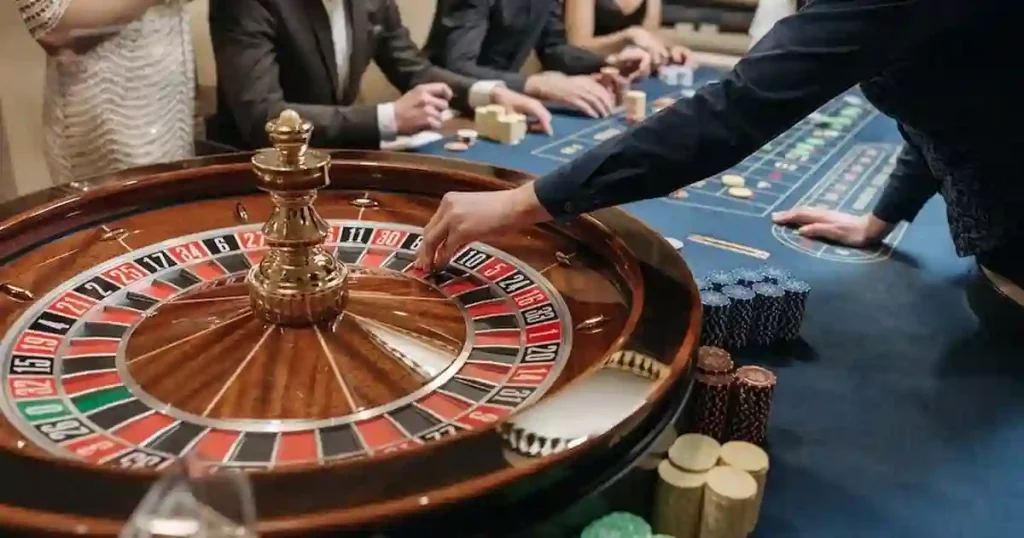The Influence of Architecture and Design on Gambling Behavior

Casino Layout and Spatial Arrangements
Casino architects and designers carefully craft layouts that encourage prolonged engagement with gambling activities. One commonly observed feature is the absence of clocks and windows, creating a timeless environment where gamblers lose track of time. This lack of external cues can lead to extended gambling sessions, as players remain unaware of the passage of time.
The arrangement of gaming machines and table games is also strategic. Placing visually stimulating slot machines near entrances or pathways draws attention and encourages players to start gambling. The strategic placement of high-stakes table games in the center of the casino floor creates a bustling atmosphere, fostering the illusion of excitement and success.
Lighting and Atmosphere
Lighting plays a crucial role in shaping the mood of a casino. Warm, low-intensity lighting can create a cozy and inviting ambiance, while bright and colorful lighting evokes energy and excitement. Casinos often employ lighting techniques that enhance the visual appeal of gambling machines and games, making them appear more attractive and engaging.
Sound Design
Soundscapes in casinos are carefully curated to influence emotions and behavior. The subtle hum of conversation, the jingling of coins, and the sounds of winning create an immersive environment that enhances the excitement of gambling. Slot machines emit distinctive sounds when winnings occur, reinforcing positive associations and encouraging players to continue playing in pursuit of that rewarding sound.
Architecture and Interior Design
The architectural design of casinos often incorporates opulent and lavish elements, creating an atmosphere of grandeur and luxury. Lavish interiors with intricate detailing, expansive lobbies, and elegant furnishings evoke a sense of exclusivity and encourage patrons to immerse themselves in the gambling experience. Mirrors, glass, and reflective surfaces can also amplify the sense of space and excitement, making the environment visually captivating.
Gamification and Reward Systems
Gambling establishments use principles of gamification to incentivize and reward player engagement. Elements like loyalty programs, tiered membership levels, and free play credits tap into the psychology of rewards, making players feel valued and encouraging them to spend more time and money. The visual representation of progress towards rewards stimulates a sense of achievement and anticipation, driving continued participation.
Psychology of Color
Colors have a profound impact on human emotions and behavior. Casinos leverage color psychology to influence gambling behavior. Warm colors like red and gold evoke excitement and passion, while cool colors like blue and green can induce a sense of calm. The strategic use of these colors in various casino elements, from carpets to signage, guides gamblers’ emotional responses and can affect decision-making.
Conclusion
The interplay between architecture, design, and gambling behavior is a fascinating area of study that highlights the intricate ways the environment influences human decisions and emotions. Michal solarski gambling establishments meticulously utilize layout, lighting, sound, and design elements to create immersive and enticing environments that captivate and engage patrons. By recognizing and studying these influences, we can better comprehend the power that architecture and design wield in shaping our behavior and experiences within these spaces.







